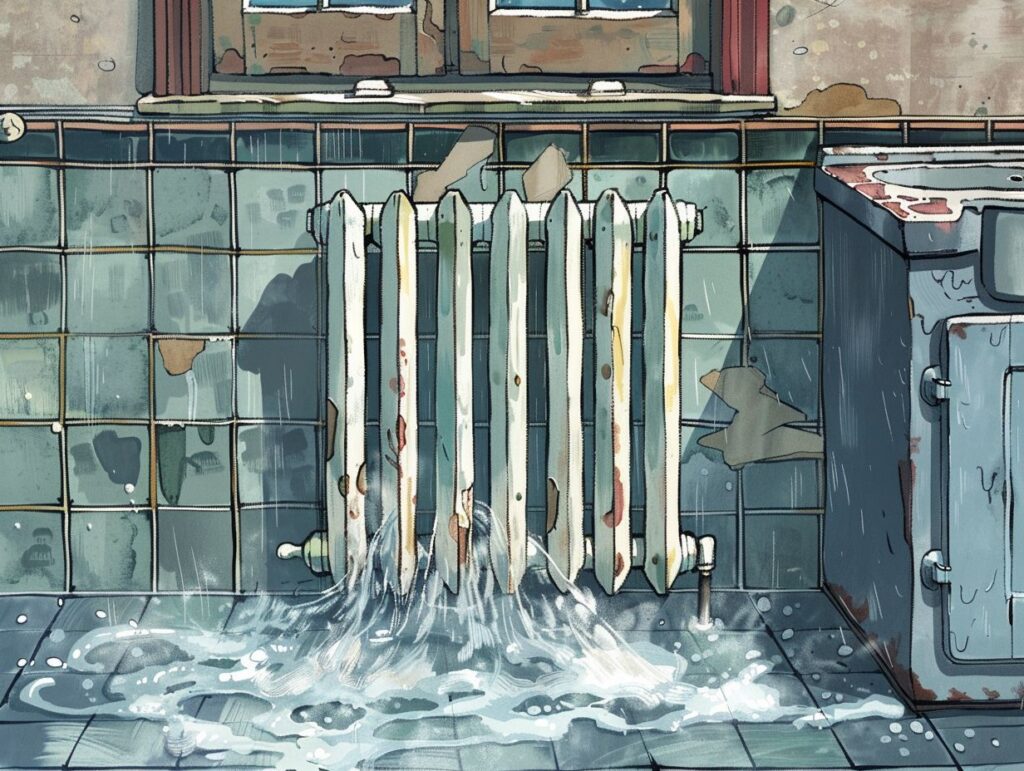Are you interested in learning about kitchen radiators and their potential benefits for your home? This discussion will delve into the various types of kitchen radiators on the market, their operational mechanisms, and the crucial aspects of correct installation and upkeep.
Uncover the advantages of energy efficiency and cost savings offered by kitchen radiators, along with commonly encountered problems and effective troubleshooting techniques to maintain optimal performance.
Whether you are considering enhancing your kitchen’s heating infrastructure or seeking to enhance your knowledge base, this article provides comprehensive insights on the subject.
Key Takeaways:
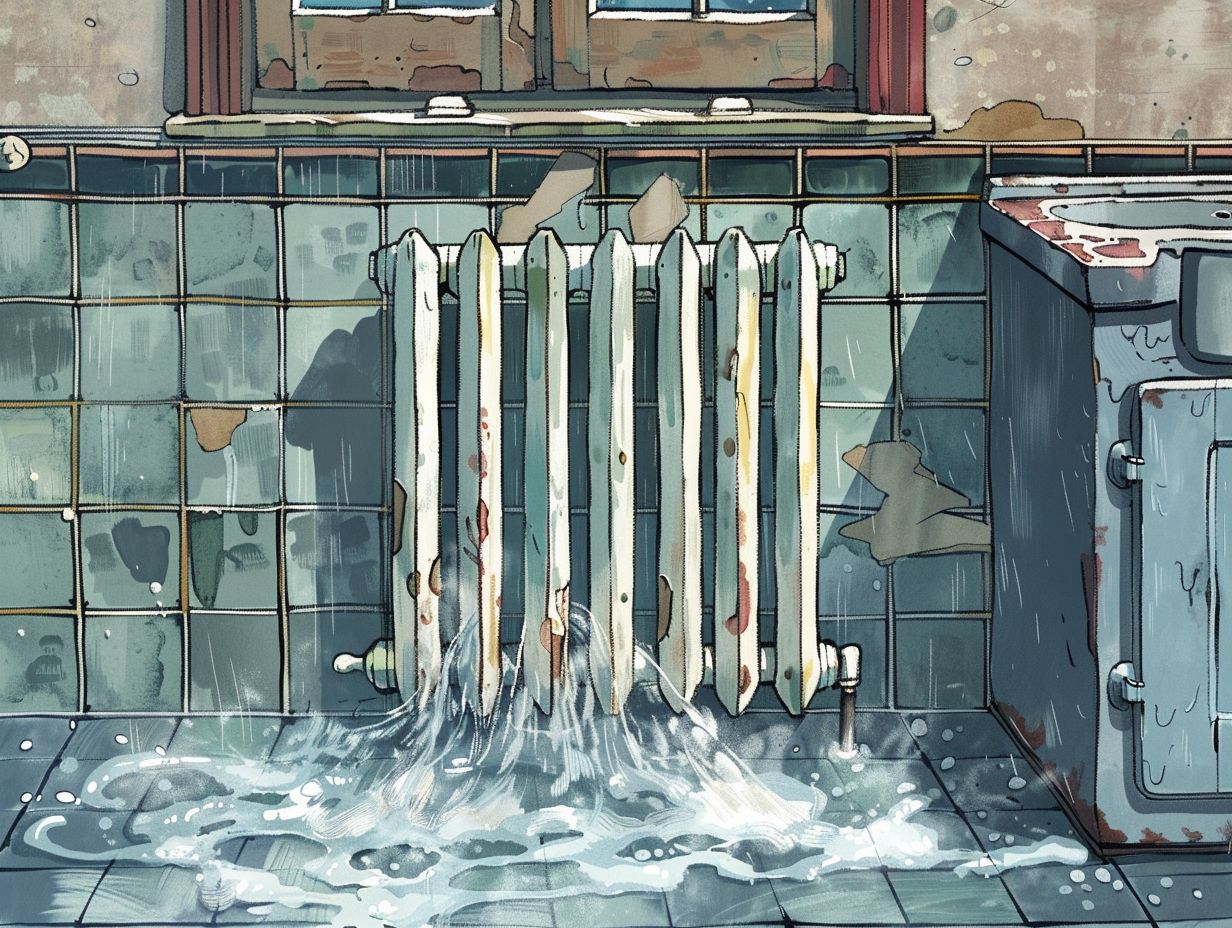
- Kitchen radiators are heating devices commonly used in kitchens to provide warmth and comfort during colder months.
- There are various types of kitchen radiators, each with unique features and benefits to suit different needs and preferences.
- Kitchen radiators work by using a heating element to transfer heat through conduction and convection, providing efficient and cost-effective heating for your kitchen.
How Do Kitchen Radiators Work?
Kitchen radiators operate on the principle of heat transfer through a water system, using the convection method to effectively circulate warmth throughout the kitchen area.
Basic Principles and Functionality
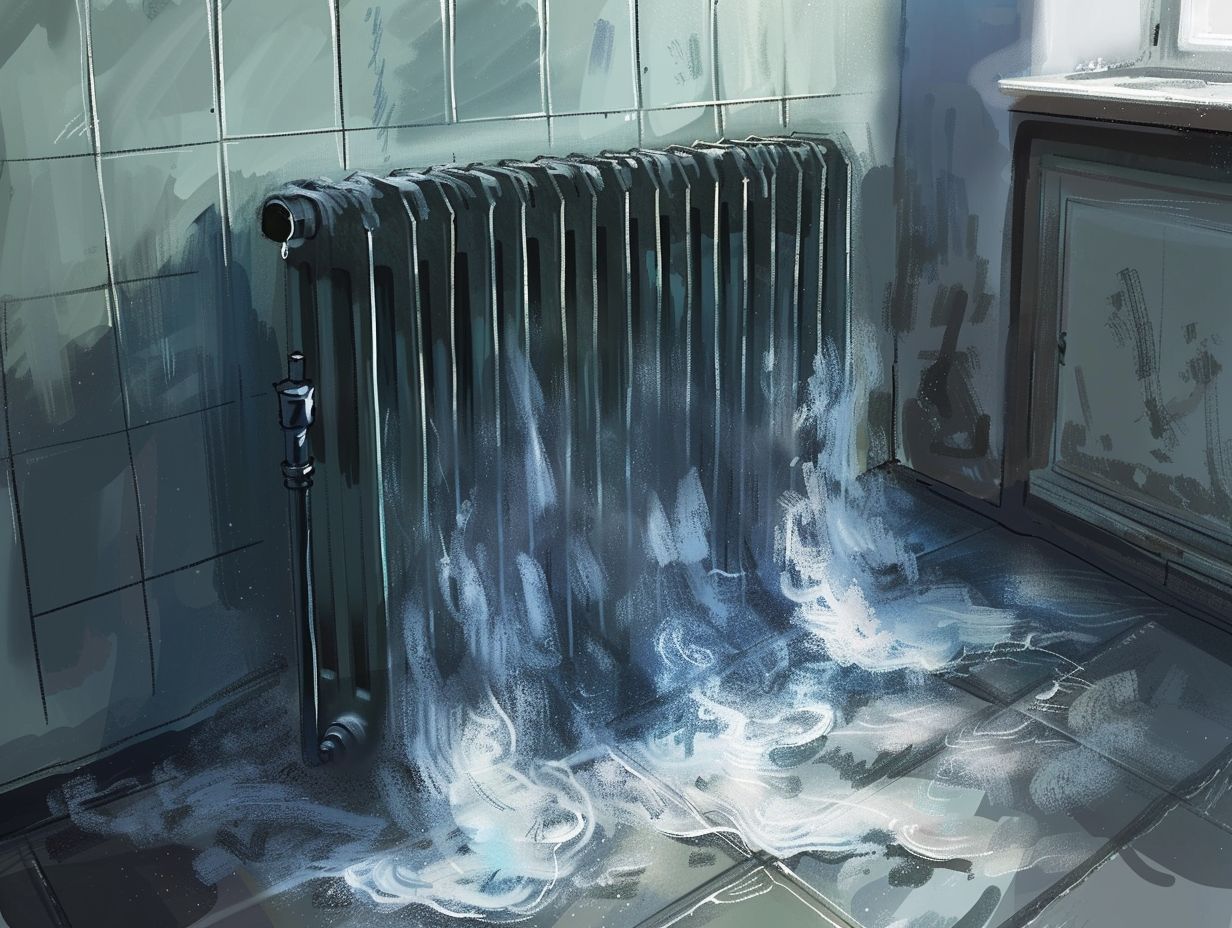
The basic principles of kitchen radiators involve efficient heat generation through a metal structure, regulated by a thermostat that controls the flow of hot water, ensuring optimal heat circulation in your kitchen.
Plus the thermostat, the metal components of the radiator play a crucial role in dispersing heat evenly throughout your kitchen space. Valves attached to the radiator allow for the adjustment of heat output, enabling you to customise the temperature according to your comfort.
Proper heat circulation is vital in maintaining a cosy atmosphere while cooking or spending time in the kitchen. Regularly balancing your radiators ensures that heat is distributed uniformly, preventing any cold spots. Maintenance procedures such as bleeding the radiators help in removing trapped air, enhancing their efficiency, and extending their lifespan.
Installation and Maintenance
Ensuring efficient operation of kitchen radiators, particularly during kitchen renovations or updates that align with British kitchen habits, requires proper installation and regular maintenance.
Steps for Proper Installation and Maintenance
When installing kitchen radiators, you must pay close attention to positioning them correctly for optimal heat distribution and integration with the kitchen’s design and aesthetics.
A key consideration in the positioning of kitchen radiators is placing them under windows to effectively combat cold draughts that may enter the room.
Routine maintenance tasks such as bleeding the radiators to release trapped air are essential to ensure they function at their highest efficiency.
Additionally, selecting radiator designs that harmonise with the overall style of the kitchen is crucial, whether you opt for modern, sleek units or traditional cast iron radiators to achieve a more classic look.
Benefits of Kitchen Radiators
Kitchen radiators provide a variety of advantages, such as increased energy efficiency, cost-effectiveness, and improved comfort in areas like kitchen diners where central heating alone may not be adequate.
Energy Efficiency and Cost Savings
Kitchen radiators promote energy efficiency by utilising boilers to heat water, circulating glycol mixtures to maintain warmth effectively and reduce overall energy consumption.
The features of kitchen radiators are essential for cost savings as they ensure that heat is distributed evenly throughout your kitchen, minimising energy wastage.
By relying on boilers, kitchen radiators can efficiently regulate the temperature, providing you with a comfortable environment while also reducing utility bills.
The use of glycol in the circulation system further enhances the effectiveness of the heating process, as it prevents freezing and corrosion within the radiator pipes, extending their lifespan and ensuring long-term sustainable heating solutions.
Additional Features and Advantages
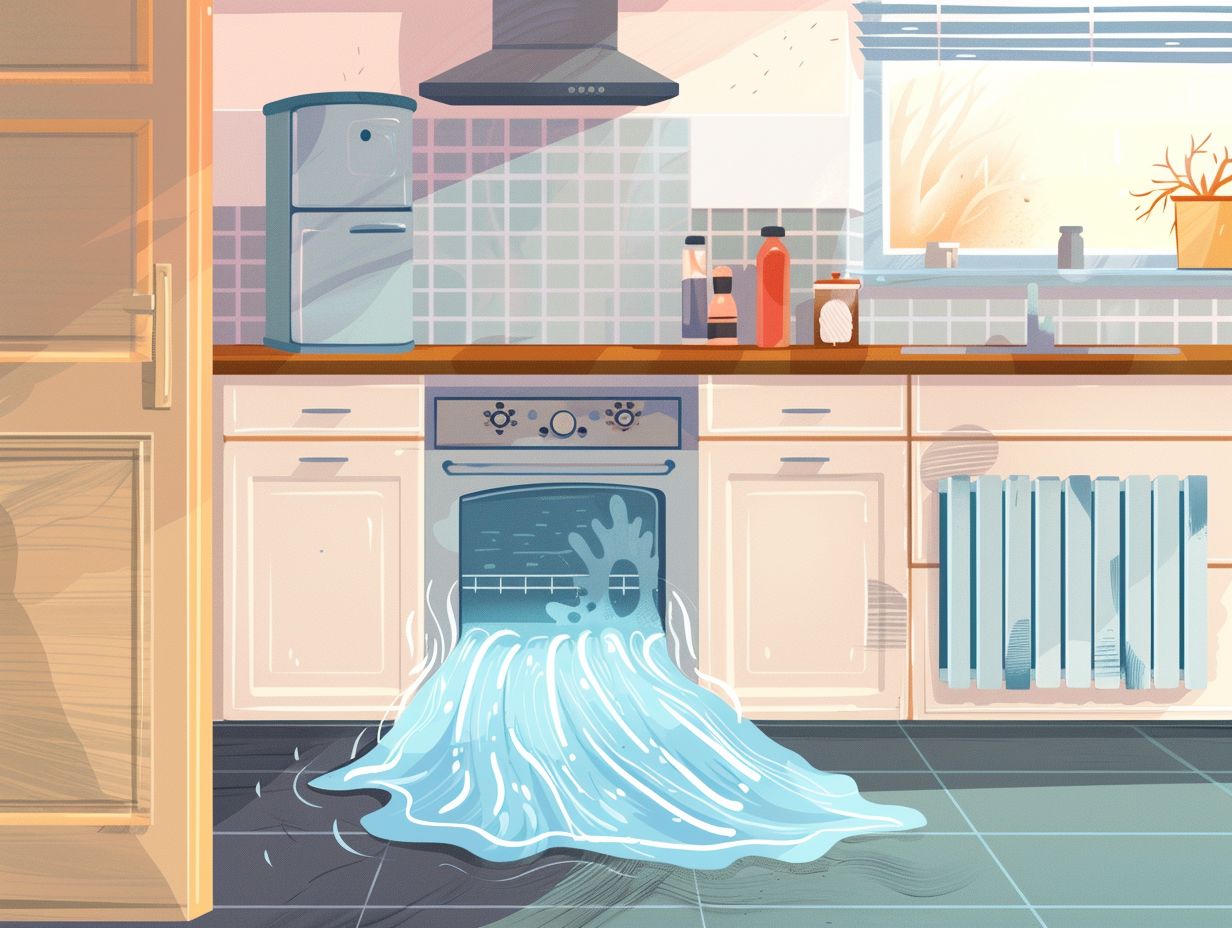
Modern kitchen radiators are equipped with additional features such as plinth heaters, which serve to enhance heat circulation and offer flexible positioning options to ensure optimal warmth in your kitchen.
These innovative plinth heaters are specifically designed to effectively distribute heat throughout the kitchen area, thereby establishing a consistent and comfortable environment. Positioned at the base of cabinets or kitchen units, plinth heaters maximise space utilisation, eliminating the need for cumbersome radiators and contributing to a sleek and uncluttered appearance.
The adaptable placement of these heaters enables you to tailor your heating solutions according to the layout of your kitchen, thereby optimising both comfort and energy efficiency. By incorporating plinth heaters into your kitchen, you can look forward to enjoying warmth underfoot and a well-heated kitchen while simultaneously enhancing functionality and aesthetics.
Common Issues and Troubleshooting
Recognising common issues like abnormal noise levels and interruptions in heat distribution is essential for efficiently troubleshooting kitchen radiators and preserving their optimal functionality.
Identifying and Resolving Problems
When troubleshooting kitchen radiators, you should pay close attention to valves, airflow obstructions, and heat irregularities to identify and resolve potential issues that may affect the system’s performance.
Start by checking the radiator valves to ensure they are fully open and functioning correctly. Sometimes, valves can get stuck or partially closed, leading to inadequate heat distribution.
Next, inspect the airflow around the radiator to make sure there are no blockages or obstacles obstructing the heat from circulating efficiently. Regularly dusting and cleaning the radiator can help maintain proper airflow.
Consider adjusting the heat settings on the radiator to achieve optimal warmth without straining the system. By addressing these key areas, you can enhance the efficiency and effectiveness of your kitchen radiator.
Frequently Asked Questions
How do kitchen radiators work?
Kitchen radiators work by using hot water or steam to heat up the metal fins of the radiator, which then radiate heat into the surrounding air. The heated air rises and circulates throughout the room, creating a warm and comfortable environment.
How does the hot water or steam reach the kitchen radiator?
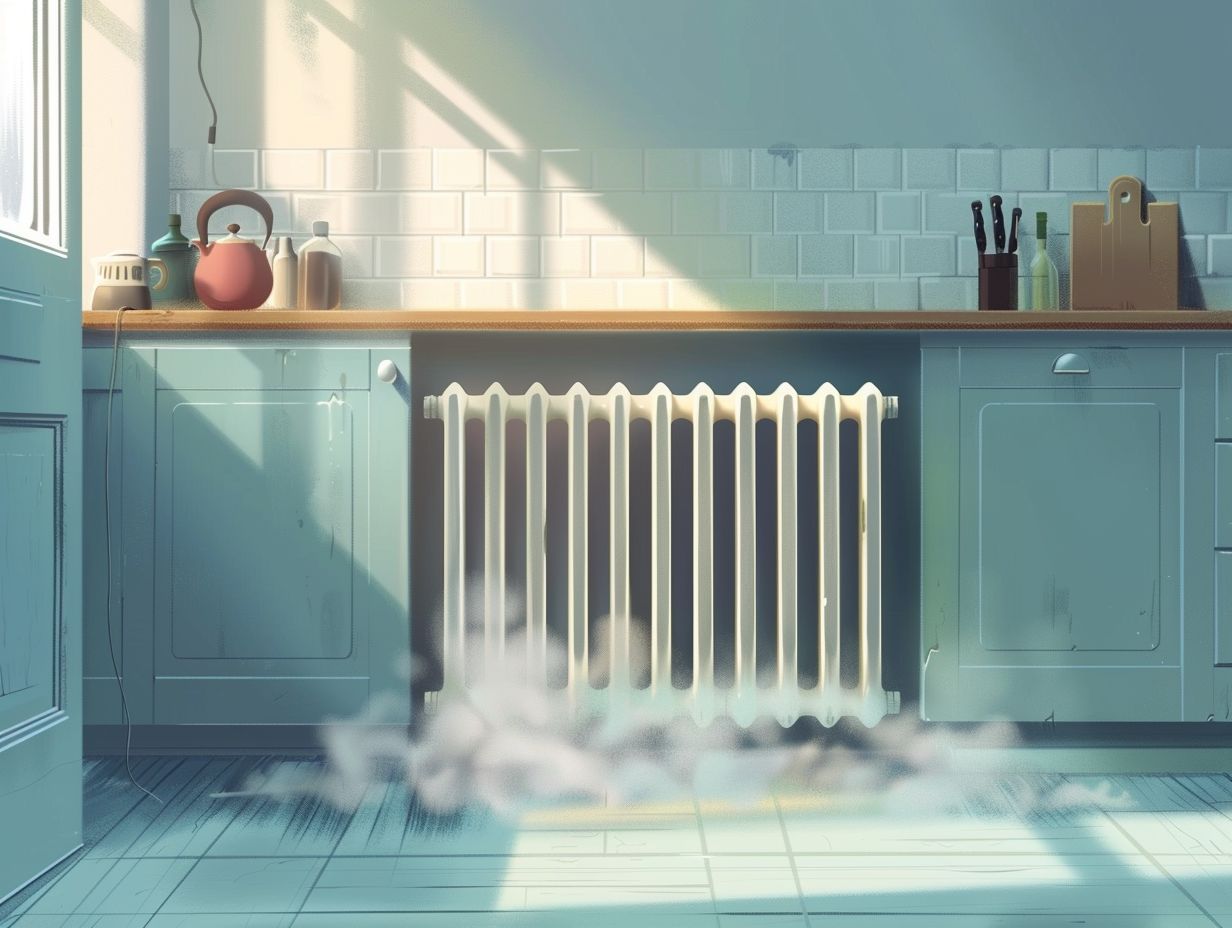
The hot water or steam is typically delivered to the kitchen radiator through a series of pipes connected to a central heating system. This system is usually powered by a boiler, which heats up the water or generates steam and distributes it to the radiators throughout the house.
Do all kitchen radiators work the same way?
No, there are different types of kitchen radiators that work in slightly different ways. Some use hot water, while others use steam. There are also electric kitchen radiators that use an electric heating element to generate heat. However, all of these types of radiators still function by heating up metal fins and radiating heat into the room.
How do I control the heat output of a kitchen radiator?
The heat output of a kitchen radiator can be controlled in a few different ways. Some radiators have a built-in thermostat that allows you to adjust the temperature. Others may have a manual valve that can be adjusted to regulate the flow of hot water or steam. Additionally, you can also control the overall heat output of your kitchen radiator by adjusting the temperature on your central heating system.
Can a kitchen radiator be used as the main source of heat in a home?
Yes, a kitchen radiator can serve as the main source of heat in a home. However, this may depend on the size of the room and the efficiency of the radiator. It’s always recommended to have a backup source of heat, such as a space heater, in case the kitchen radiator is unable to fully heat the room.
How do I maintain my kitchen radiator?
To maintain your kitchen radiator, it’s important to regularly clean the exterior and make sure there are no obstructions blocking the heat output. You should also check for any leaks in the pipes or valves, and make repairs as needed. It’s also a good idea to have a professional inspect and service your central heating system, including the kitchen radiator, on an annual basis to ensure it is functioning properly.

